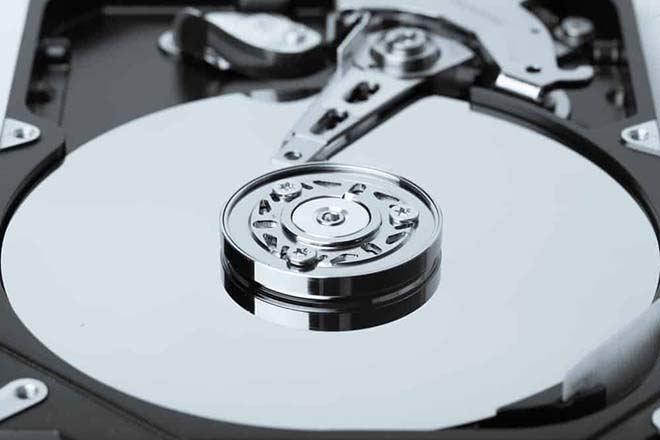

👈ĭBAN does this not by simply deleting files, but by performing a careful overwrite of the entire hard disk surface. 👉 DBAN will automatically and completely delete the contents of any hard disk it detects. I need to be really clear on what happens next: You’ll need to either install the disk in a different machine to be able to reformat it, or boot from something else.įor the latter, I have just the thing… A safe, practical approach: DBANĭBAN (which stands for “Darik’s Boot And Nuke”) is a free utility designed to do exactly what we’re talking about by living up to its name: it’s a CD you boot from that then “nukes” the information on the drive.ĭownload the DBAN CD image, burn it to a CD, and then boot from the CD. Unfortunately, if that’s your C: drive, you won’t be able to format the drive if you’ve booted from it and are running Windows.

So the answer is to reformat the disk, making sure to not specify a “quick” format. Many disk recovery tools will be able to recover data from a “quickly” formatted disk. Because the rest of the disk is left untouched, any data that was there will remain. Windows (all versions), and even MS-DOS before it, has the option to perform what’s called a “quick format.” In reality, a quick format does very little except create an empty top-level directory and possibly add a label.

(I’ll discuss solid state drives, or SSDs, below.) And I agree with that if it’s done properly. When it comes to hard disk drives (HDDs), conventional wisdom is that reformatting your disk is the right thing to do. Let’s not do that, OK? Basic precaution: format the HDD It’s not uncommon to hear stories of second-hand machines containing a wealth of personal and private information from the previous user.

What’s worse, of course, are the people that do nothing and leave everything on the machine. On top of that, unless you take additional steps, all of those files you carefully deleted could possibly be recovered. There’s likely to be random information left in the Windows registry. Quite often, I get this question with an additional caveat: how to remove all of your personal information while leaving Windows installed.Įven after removing all of your data - even if you remember to remove every scrap, and even after removing every single application - some of your personal information will still be left behind. What’s not an option is leaving an operating system installed, as that will inevitably leave personal traces as well. For the extra paranoid, physical destruction is also an option. SSDs should be erased using a utility with the SSD-specific “ATA Secure Erase” command. For advanced situations, tools like DBan can be used. In most situations, a simple full (non-quick) format of a traditional hard disk is sufficient.


 0 kommentar(er)
0 kommentar(er)
